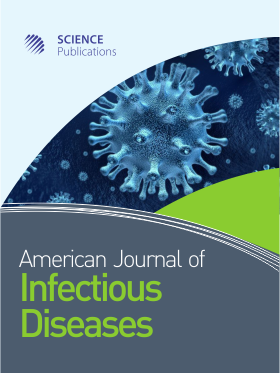Descriptive Epidemiological, Clinical and Microbiological Features of Infective Endocarditis at a University Hospital in Saudi Arabia
- 1 King Abdulaziz University, Saudi Arabia
Abstract
Infective Endocarditis (IE) still remains a serious disease. The treatment and pathology still remain unclear. In this study, we sought to clarify the epidemiology and treatment of IE in a teaching hospital in Saudi Arabia. In this study, we sought to conduct a retrospective investigation of all adult patients who were treated for IE at our hospital and determine the characteristic demographic, clinical and pathological features. Our findings indicate that the main risk factors of IE were surgical intervention (28%) and structural heart disease (20%). The mean (SD) age of the patients in our study was 48 (18). The most common organisms identified were Staphylococcus aureus (40%) and Streptococcus viridans (30%). The most common clinical presentations were anorexia, weight loss and shortness of breath. IE was accompanied by valvular dysfunction in most cases (83%) and vegetation (55%). About 83% of the patients had undergone transthoracic echocardiography. Our findings provided some insight into the current trends in the epidemiology and clinical features of IE in Saudi Arabia.
DOI: https://doi.org/10.3844/ajidsp.2018.63.68

- 5,349 Views
- 2,948 Downloads
- 5 Citations
Download
Keywords
- Infective Endocarditis
- Treatment
- Staphylococcus aureus
- Streptococcus viridans
- Risk Factors
